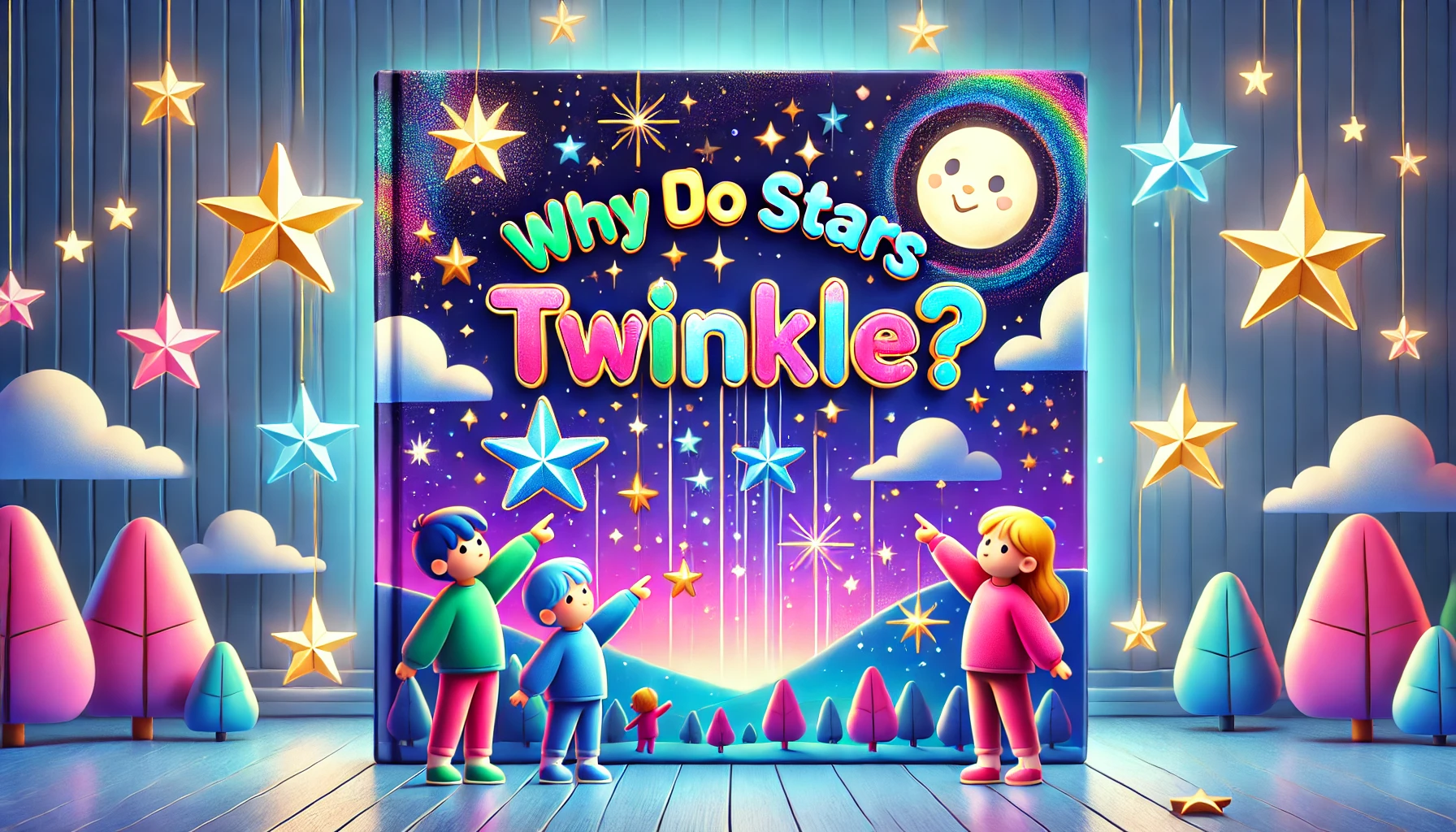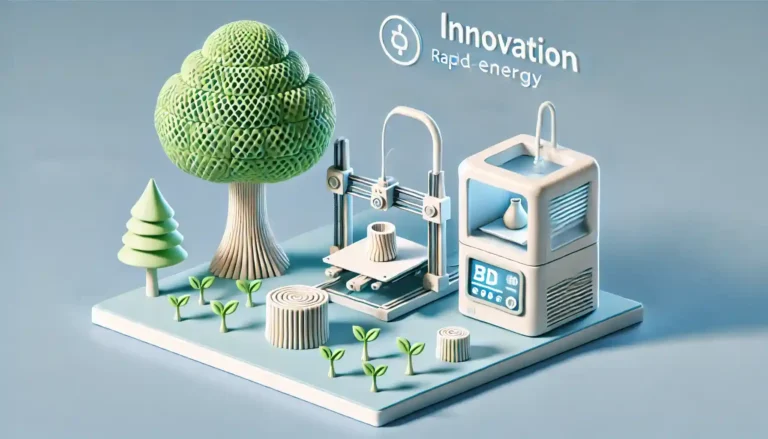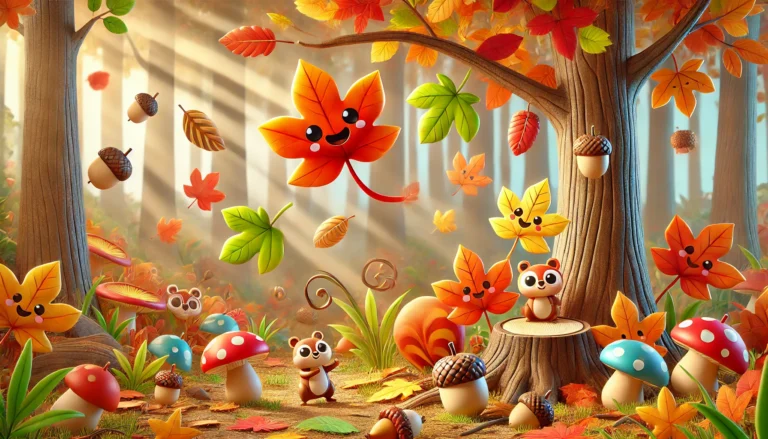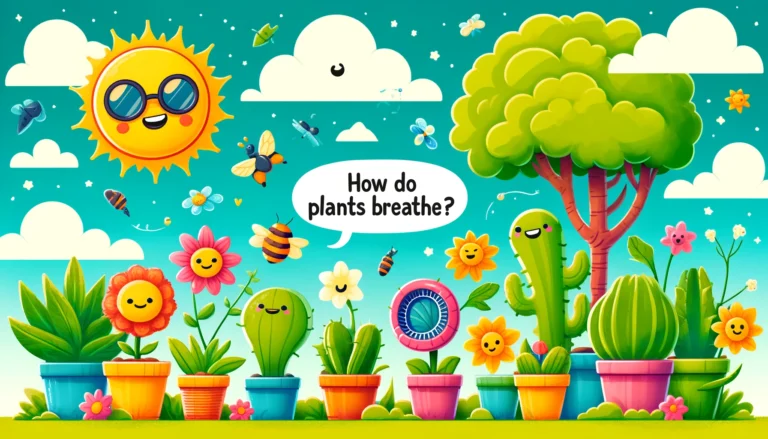
Have you ever gazed up at the night sky and noticed how the stars seem to twinkle like little diamonds? It’s such a magical sight! But have you ever wondered why stars twinkle? Let’s dive into the mystery and uncover the secrets behind their sparkling show.
The Science Behind Twinkling Stars
Stars are actually huge balls of burning gas, far, far away from us. They shine brightly in space, and their light travels millions of miles to reach our eyes. So, why do they look like they’re twinkling?
The answer lies in something much closer to home: the Earth’s atmosphere! The atmosphere is a blanket of air that surrounds our planet. It’s made up of layers, and these layers are always moving because of winds and temperature changes. When the light from a star passes through these wobbly layers of air, it bends and scatters in different directions. This makes the star’s light appear to flicker or twinkle when we see it from the ground.
Imagine looking through a glass of water and seeing objects on the other side appear wavy or blurry. That’s kind of what happens to starlight as it travels through our atmosphere!
Fun Facts About Twinkling Stars
- Stars don’t actually twinkle if you’re looking at them from space! Astronauts see them as steady points of light because there’s no atmosphere in space to bend the light.
- Planets like Venus or Jupiter also shine in the night sky, but they don’t twinkle as much. That’s because they’re closer to Earth, and their light doesn’t get as distorted.
- The scientific term for twinkling is “stellar scintillation.” Isn’t that a fancy name for such a sparkly effect?
DO YOU KNOW?
- The North Star (Polaris): Did you know the North Star barely twinkles? That’s because it’s almost directly above the Earth’s axis, so its light has less atmosphere to pass through.
- Twinkling Stars and Weather: Sailors in the past used the twinkling of stars to predict weather changes. More twinkling meant a storm might be coming!
Interactive Corner: Test Your Twinkling Star Knowledge!
- Quiz Time!
- Why do stars twinkle? a) They’re turning on and off b) Their light passes through Earth’s atmosphere c) They’re waving at us (Answer: b)
- Twinkle Puzzle: Unscramble this word that relates to stars: LETILTSICAN SCIISNTLEALT
(Hint: It’s the scientific term for twinkling!) - Poll: What do you love most about looking at the stars?
- a) Their twinkling magic
- b) Trying to spot constellations
- c) Wondering if aliens are out there
Encouragement to Explore
The next time you’re outside on a clear night, look up at the twinkling stars and imagine all the science at work in our atmosphere. Try spotting a planet, which doesn’t twinkle as much as stars. Can you tell the difference? You could even draw your favorite constellation or write a story about what you think is happening up in the night sky.
Remember, the universe is full of mysteries waiting for curious minds like yours to explore. Who knows? One day, you might even solve a cosmic mystery of your own!






